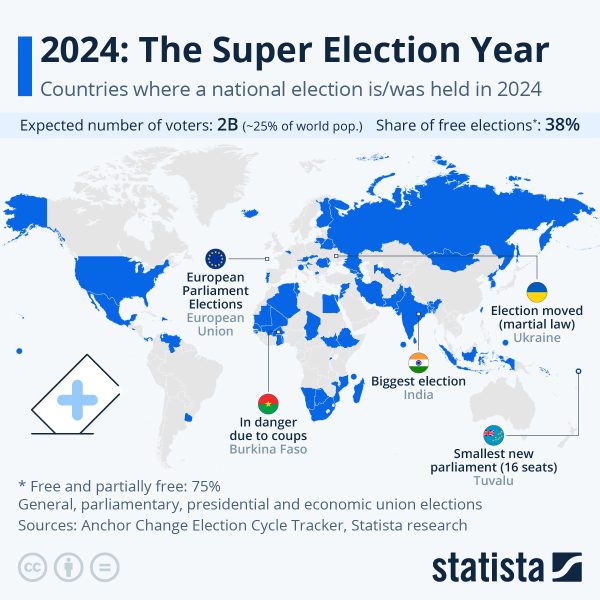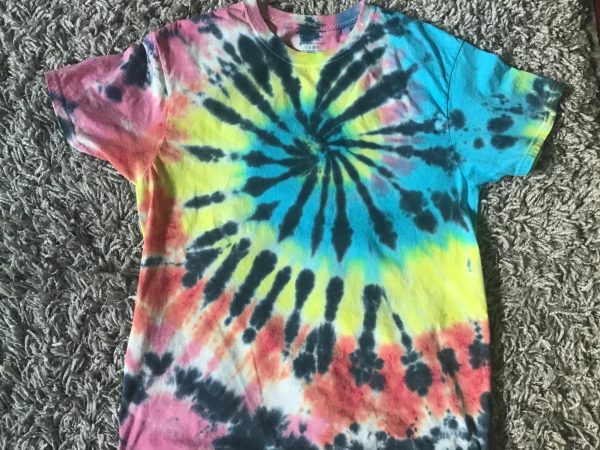Cracking the Code of Blood

February 16, 2022
The American Red Cross is currently battling a blood shortage that has been plaguing the country since the start of the pandemic. With the nation’s blood supply so scarce, the need for donations has only risen. As more communities host blood drives, many wonder how scientists have not been able to create an artificial blood source to combat the shortage. While advancements in technology and bioengineering have made what was once impossible a reality, scientists have still been unable to crack the code for synthetic blood.
The idea of an artificial blood source is not as novel as one might think. In fact, attempts at replacing blood in the human body date back to the 1600s. There are records of people attempting to replace blood with things like milk, alcohol, urine, as well as other substances. While we haven’t been able to make much progress in terms of creating artificial blood, it’s safe to say we’ve moved away from the practice of trial and error with whatever liquids we can find. That being said, researchers have still been unable to create a suitable substitute for blood, save for blood itself.

This is mainly due to the complexity of blood. Blood has the responsibility of circulating throughout the human body, delivering oxygen to cells so that they can function. This task is done by the red blood cells, which are non-nucleated discs that contain hemoglobin. Blood also contains white blood cells, which hold a crucial role in the immune system by destroying pathogens in the body. On top of that, blood also has platelets (responsible for clotting) and plasma (which has structural functions). Taking on the task of synthesizing blood is to also confront the challenge of creating not one but several components of blood, each with its own set of unique functions and characteristics. This makes the creation of blood much more complicated than meets the eye.
While the components of blood may be difficult to conquer as a whole, researchers have developed the strategy of first mastering the creation of the individual components before moving on to the blood as a whole. The first, and most prominent, of these blood components would be the red blood cells. As mentioned earlier, red blood cells contain the protein hemoglobin, which makes it possible for them to carry out their vital function of carrying oxygen. Scientists chose to first develop a synthetic hemoglobin, focusing on the task of the cell rather than the cell itself. While they were able to create hemoglobin, the hemoglobin substitute for blood did not last long inside the body when compared to a normal blood transfusion. In addition to this, the hemoglobin substitute also gave patients a greater risk of a heart attack. Researchers were forced to try a different approach, taking a step back from their work to try and instead create the red blood cell itself. By taking stem cells and stimulating them to become a certain blood product, scientists were able to successfully create red blood cells. However, there were another host of problems with this approach, since this method only created a small number of red blood cells.

While future research may find some way to feasibly create artificial blood, the current methods have been unsuccessful. Blood is such a commonality to life, it can be difficult to think that with such current strides in medical research, the creation of blood still remains out of reach. As such, it is now more important than ever to ensure that the nation’s blood banks do not run dry. There is no current substitute for the life-saving blood that comes from the compassion of blood donors.
Sources:
- https://www.ncbi.nlm.nih.gov/pmc/articles/PMC2738310/#:~:text=Artificial%20blood%20is%20a%20product,carbon%20dioxide%20throughout%20the%20body.
- https://www.redcrossblood.org/donate-blood/dlp/red-cross-national-blood-shortage-crisis.html
- https://www.insidescience.org/news/whats-stopping-scientists-making-viable-synthetic-blood
- Image Sources:
- https://encrypted-tbn0.gstatic.com/images?q=tbn:ANd9GcSJhANbdUojZbvOK_cfl7bEcflVfezyHYyilFM1MZK5WW
cuFGaTMObG_I_ylCunNIRS3ko:https://upload.wikimedia.org/wikipedia/commons/3/37/Red_Blo
od_Cell.jpg&usqp=CAU - https://encrypted-tbn0.gstatic.com/images?q=tbn:ANd9GcSTRKaWMZAF0hjkKYAgPeUGJ3oh11oyr7lgqA:https://
pixnio.com/free-images/science/microscopy-images/red-blood-cells-found-enmeshed-in-a-
fibrinous-matrix.jpg&usqp=CAU - https://encrypted-tbn0.gstatic.com/images?q=tbn:ANd9GcTKLI-
TpuzOIkaGTvci3sHb0176SdcHM5at6hzHnOVRLHyJnAv0AXMvtQyFOSqQpGC9fRc:https://pixnio.com/free-images/science/microscopy-images/red-blood-cells.jpg&usqp=CAU - https://encrypted-tbn0.gstatic.com/images?q=tbn:ANd9GcRafMS3w3KLZ6k-
mhXtoWV9MYAO0b6p5AOp8A:https://cdn10.picryl.com/photo/1976/07/28/spec-4-christine-johnson-a-medical-laboratory-specialist-processes-blood-samples-659288-1600.jpg&usqp=CAU








